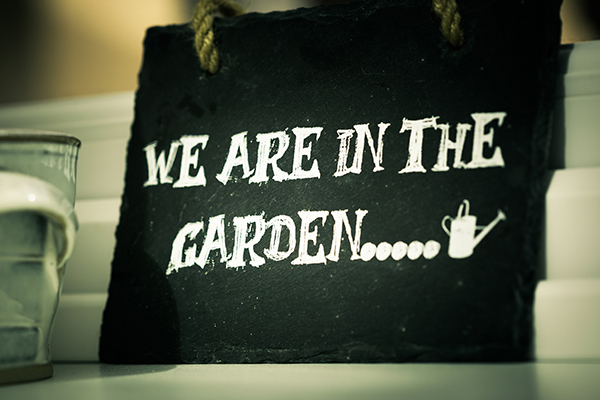If using organic methods (it's safer for your garden, your family, natural wildlife and the environment) of insect control, it is absolutely essential to be vigilant.
Prevention is your best friend! A healthy garden is the best defense.
Discourage insects from coming in the first place:
- keep debris and clutter out of the garden to minimize insect habitats
- remove dead plants right away
- have healthy soil - mix in organic matter before planting
- disinfect tools
- keep plant leaves dry by avoiding irrigation in the evening (or use drip irrigation)
- mix different types of plants in the garden deters plant specific insects - See complimentary plants
- add or attract beneficial insects such as ladybugs, lacewings, nematodes, and praying mantis.
Egg shells are a great garden addition! Baked, or boiled, crushed egg shells can be added to the soil to deter small animals (cats, rabbits, etc.) from the gardens, prevents cutworms and once they absorb into the soil, make a great calcium fertilizer for the plants! Tomatoes and peppers especially love the addition of calcium.
Slugs and snails: There's a few ways to deal with these guys. You can pick them off directly from plants, patios and anywhere else they may be roaming and drop them in a warm soapy bath or move to a far away location. Too squeamish? If your plants are in containers or raised beds, wrap copper tape around edge to deter them from even entering. Or, you can put a deep container in the garden and fill it with beer. They will be attracted to the beer, fall in and drown.
Also have earwigs and other soft-bodied garden pests in addition to slugs and snails? Take them all out by sprinkling diatomaceous earth over plants and around edges of garden beds.
Mites, aphids, mealybugs: Mix 2 tbsp. dish soap and a few drops canola oil into spray bottle of warm water. Spray any aphids as soon as possible covering the bottoms of the leaves thoroughly, they reproduce into large colonies very quickly!
Grubs: Milky spore granules spread on the soil causes the grubs to contract a disease that ultimately kills them. Only effects grubs, other insects, including beneficial insects, remain unharmed. One treatment can last up to 40 years!
Mites and other insects: 2 tablespoons hot pepper sauce (or cayenne pepper) with a few drops of Ivory soap in a quart of water. Let it stand overnight, mix it up again and pour in a spray bottle. Spray leaves and insects, shaking the mixture frequently.
Caution: Insecticidal sprays, whether natural, homemade and/or organic that kill harmful insects will also kill beneficial insects. Use these homemade remedies selectively, applying in the morning or evening to prevent burn and only spraying the infected plants.





